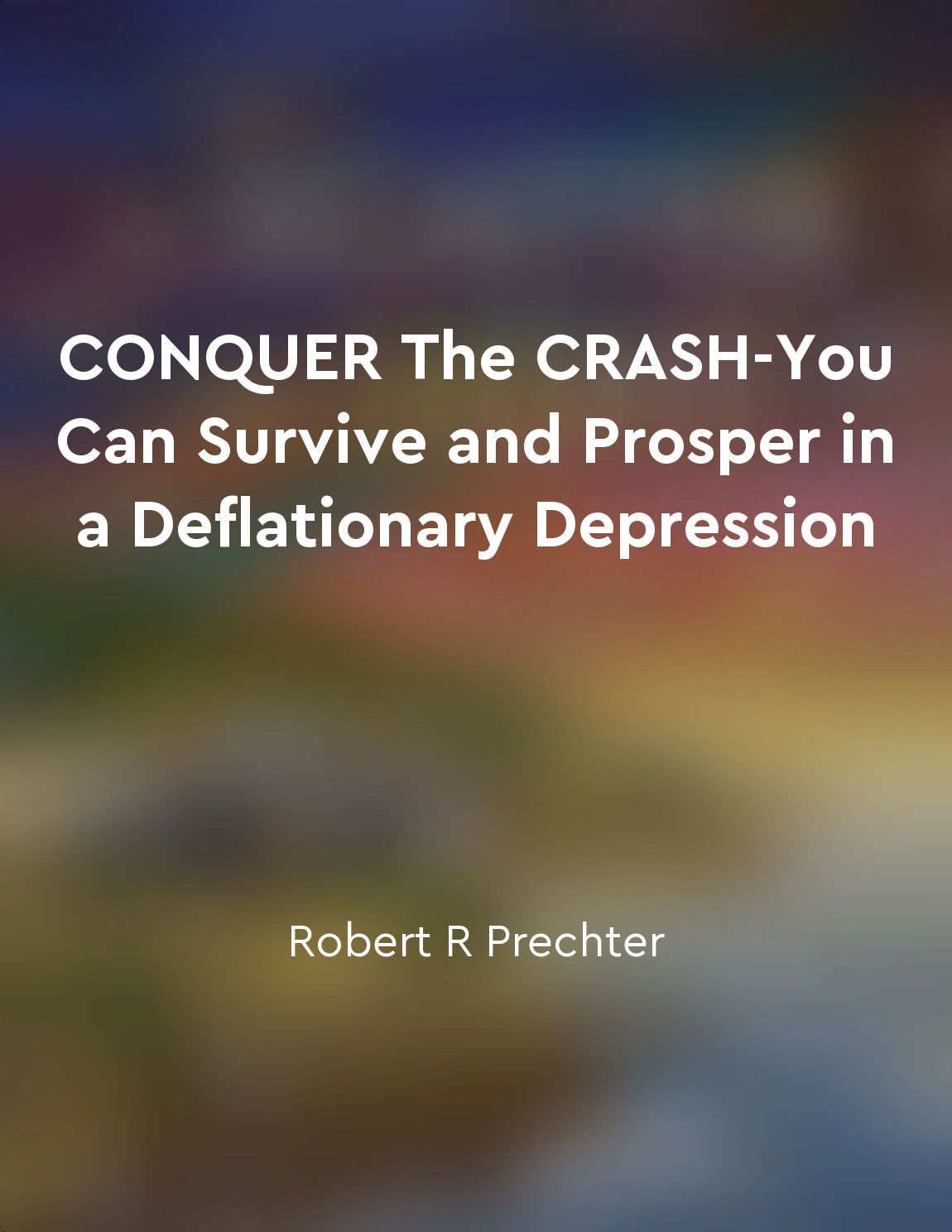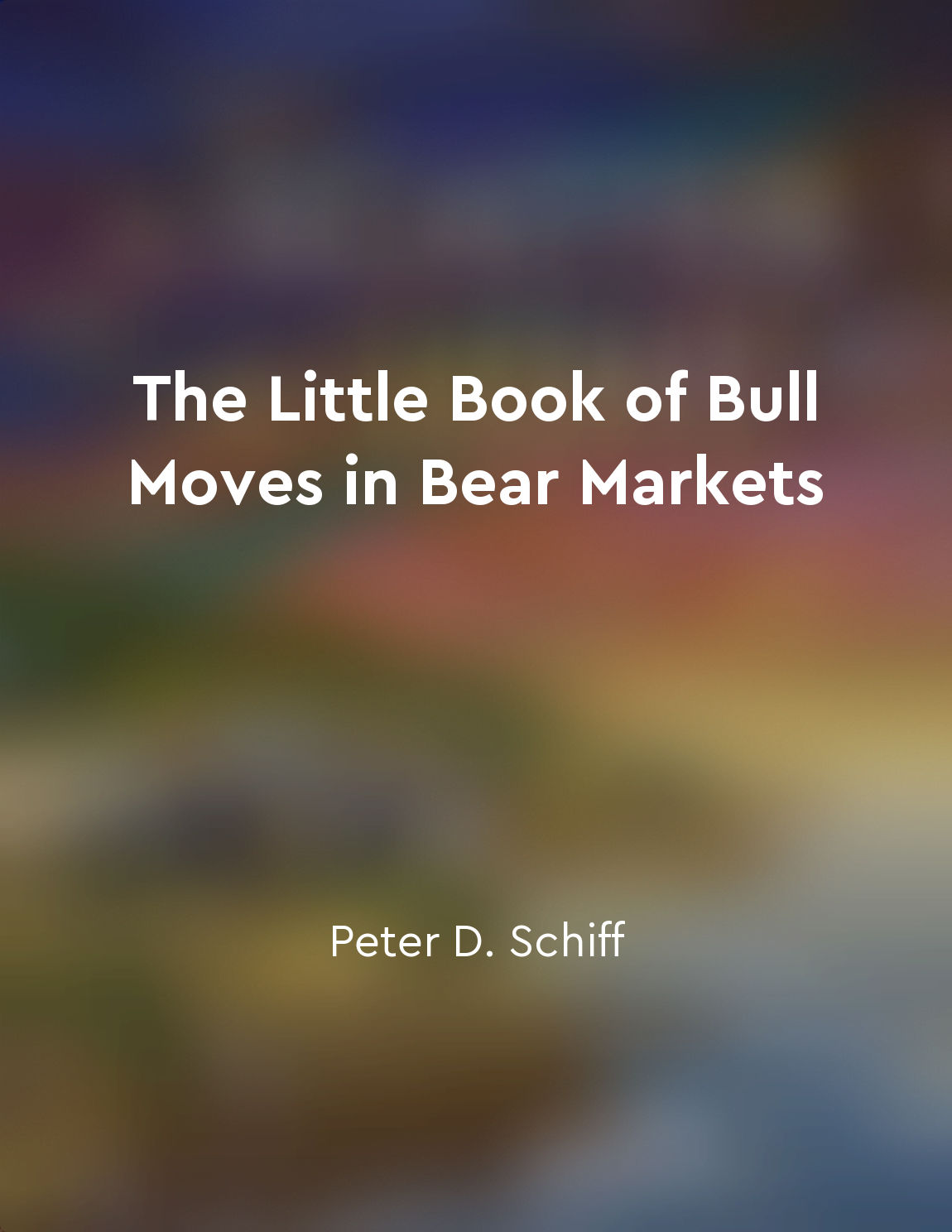Audio available in app
Market bubbles are common but dangerous from "summary" of A Random Walk Down Wall Street by Burton Gordon Malkiel
Market bubbles are like the sirens in Homer's Odyssey. They sing a song of profit that can lure investors to their doom. These bubbles are created when the price of an asset – whether it be stocks, real estate, or tulip bulbs – becomes detached from its intrinsic value. Investors start buying not because they believe in the fundamentals of the asset, but because they believe they can sell it at a higher price to a greater fool. History is littered with examples of market bubbles. The most famous is probably the Dutch Tulip Mania of the 17th century. At the peak of the bubble, a single tulip bulb could fetch a price equivalent to a luxurious house in Amsterdam. Then, just as suddenly as it began, the bubble burst, leaving investors destitute and tulip bulbs worthless. But it's not just tulips that can become the subject of a speculative frenzy. Stocks, real estate, and even cryptocurrencies have all experienced their own bubbles. The dot-com bubble of the late 1990s saw investors throwing money at any company with a ". com" in its name, regardless of whether it had a viable business model. When the bubble burst in 2000, trillions of dollars of wealth evaporated overnight. The dangers of market bubbles are clea...Similar Posts
Risk must be managed carefully to protect investment capital
Investing in the financial markets is inherently risky. The future is uncertain, and there are countless variables that can inf...
Debt overhang affects consumer spending
When people have a lot of debt hanging over their heads, they tend to cut back on their spending. This might seem obvious, but ...

Reduce unnecessary expenses
To survive and thrive in a deflationary depression, it is imperative to cut back on unnecessary expenses. This concept is cruci...
Continuously educate yourself about investing
To master the art of investing, one must commit to a lifelong journey of learning and self-improvement. The financial markets a...

Rebalancing your portfolio can help maintain a proper asset allocation
To ensure that your investments are properly diversified, it is essential to periodically review and adjust your portfolio. Thi...
Continuous learning and adaptation are key to successful investing
Successful investing requires a continuous process of learning and adaptation. Without a willingness to constantly educate ones...
Understanding investor psychology is crucial for successful investing
Investor psychology plays a crucial role in the world of investing. Understanding how investors think and behave is essential f...
The allure of quick profits leads to excessive risktaking
The seductive appeal of rapid financial gains is a potent force that can drive individuals to take on excessive risks in the pu...
Stay ahead of the curve by anticipating market trends
To succeed in the world of finance and investing, one must always be on the lookout for emerging market trends. By staying ahea...
Consumer spending declined
The decline in consumer spending was a pivotal factor in the economic downturn of 1929. As people began to lose confidence in t...
